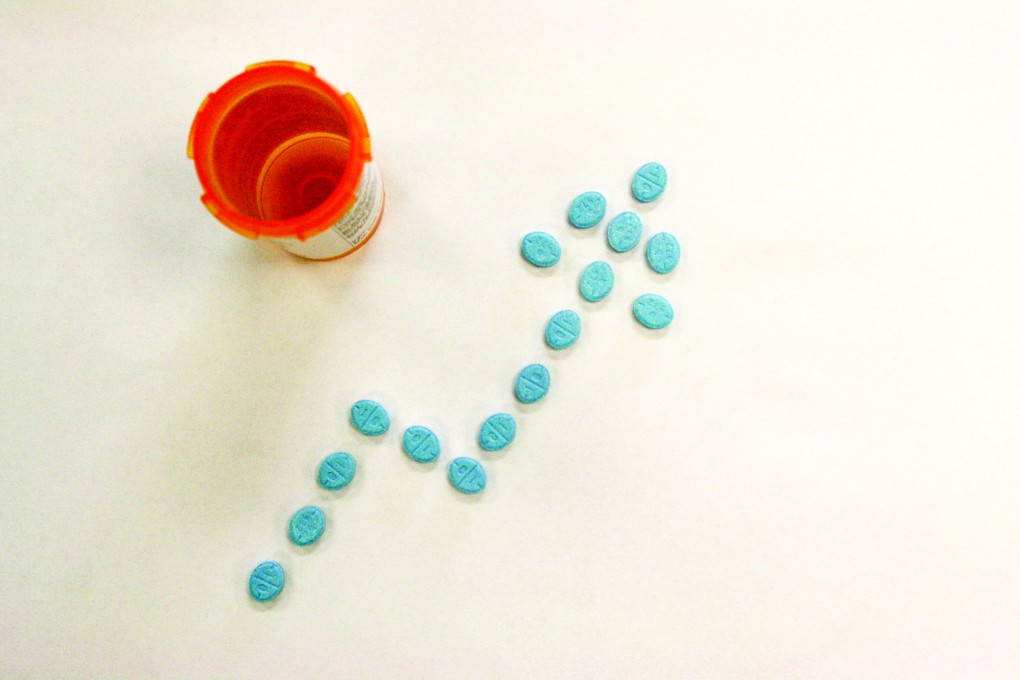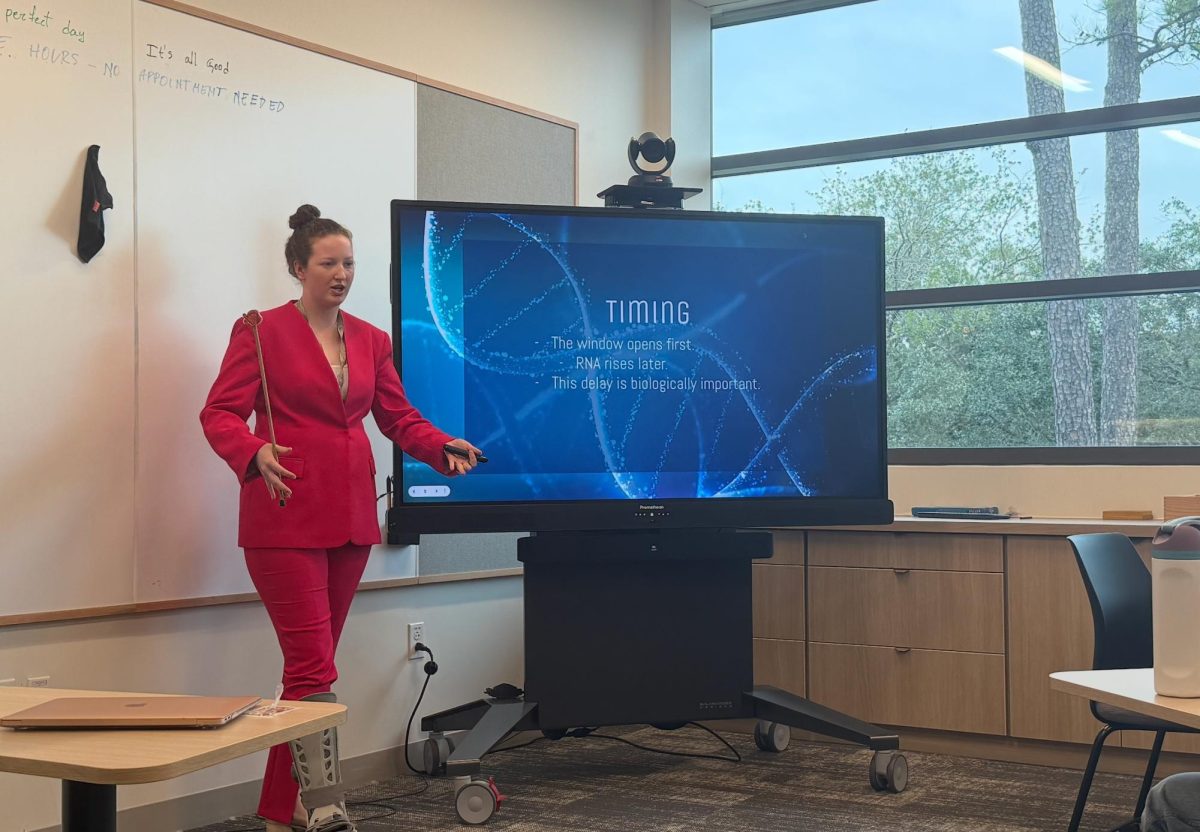[dropcap]T[/dropcap]he pressures of school affect everyone, even the best of us. The real challenge is dealing with that pressure in a healthy, appropriate way. We have all heard the stories from Mr. Loach regarding “acts of desperation” taken by students under pressure. Some students in high schools and colleges across America find themselves traveling down a very dangerous road to cope with that pressure: they illegally take Adderall and other “study drugs” without a medical prescription.
Adderall is a stimulant used to treat attention-deficit/hyperactivity disorder, or ADHD. Chemically, it is a combination of amphetamine salts and is classified as a Schedule II stimulant, meaning it has a high potential for abuse—especially among people who do not have ADHD. Students with severe ADHD can face distractions that prevent them from focusing on doing homework, and consequently, suffering from lower grades. Adderall may help to counter those difficulties. For those who don’t have ADHD, Adderall is used in hopes of improving studying, concentration and focus, and achieving higher test scores. In actuality, Adderall’s effects can be drastically different for each user. As one study from the Medicine Abuse Project claims dosage issues, type of tasks, and individual differences are all factors affecting the results of the drug.
Adderall and Ritalin, a similar drug, were the focus of a study among eighth, tenth, and twelfth graders, as well as college students. The 2011 study from the Medicine Abuse Project revealed the biggest age group of nonmedical users in high school being seniors, with 6.5%. In college, however, the numbers jumped greatly. At any point throughout college, 61.8% of students report being offered Adderall—and 31.0% admitted to using it. While it is a significant problem for college students, the numbers aren’t nearly as large for high schoolers. Nevertheless, the problem still exists.
Acquiring Adderall even when medically prescribed is a difficult task due to safety checks in place at every step in the process. At Kinkaid, students undergo a rigorous testing procedure by a licensed psychologist to check for ADHD. The severity of ADHD determines the prescription of medication or lack thereof. Many students with mild ADHD do not receive a prescription, as it is not the first step in combating the problem. For those who do use it medically, a patient is given a prescription for one month of ADHD medication.
Mrs. Shannon Terrill, the Upper School Learning Specialist, talked about the use of Adderall specifically with Kinkaid. In her six years at Kinkaid, Mrs. Terrill has not encountered problems with Adderall abuse, although she is aware of its existence as a growing problem. As a Schedule II drug, Adderall is not permitted on campus during school hours; students are required to deliver their medication to the nurse and take it there as well. Mrs. Terrill has noticed an increase in ADHD, but not a corresponding increase in medical prescriptions. She credits this to the fact that medication is “not [the] first line of defense.”
For Mrs. Terrill, the biggest challenge as a supervisor/counselor for teenagers with ADHD is getting them to take their medication. Students often refrain from taking it as “it dulls their personality.” With that said, her biggest concern is the problem some kids in high schools and colleges across America: some students sell their prescriptions to fuel the illegal “study drug” market instead of taking their medication. However, by selling the medication, these students deprive themselves of what they need to succeed. Mrs. Terrill says they are “doing themselves a disservice.”
Welcome Wilson (12) started using ADHD medication the second semester of his junior year, although he has lived with his ADHD diagnosis all his life. When he takes his medication, his “distractions blur out”, and he is able to concentrate on tasks regarding school or whatever work he may be doing. Wilson said he noticed a difference in his school performance—for the better—within two weeks, and the drug works for him. However, the biggest hassle for him is remembering to take it everyday. If he forgets to take his medication, Wilson “can’t focus on a task for more than fifteen minutes.”
While many may use the drug to improve their grades, few understand the severe side effects. The U.S. National Library of Medicine lists side effects as ranging from vomiting and weight loss to seizures, hallucinations, and difficulty breathing or swallowing, and even increased heart rate. Students prescribed to use Adderall have to get an EKG before they can start taking it.
The illegal use of Adderall and other “study drugs” is increasing. According to an article from the Physician Assistant Education Association website, it’s an undeniable, relevant statistic. All students should ask: Is it reallya worth it? Is the assignment that important? Time management may be an effective solution as well, as students use these drugs to complete tasks that have piled up and are due in a tight time period. Everyone at Kinkaid has been stressed, pressured, or felt as if they were being closed in on at some point. It’s how we cope with those pressures that define us as people. As the Kinkaid faculty reminds us, there is always more than one solution to a problem.
If you would like to read more on this topic or view the sources used, check out the following articles. “Dextroamphetamine and Amphetamine” from the U.S. National Library of Medicine Website and “Risky Rise of the Good-Grade Pill” from the NY Times, and “The Use of Prescription Stimulants to Enhance Academic Performance Among College Students in Health Care Programs” from the Physician Assistant Education Association website.








